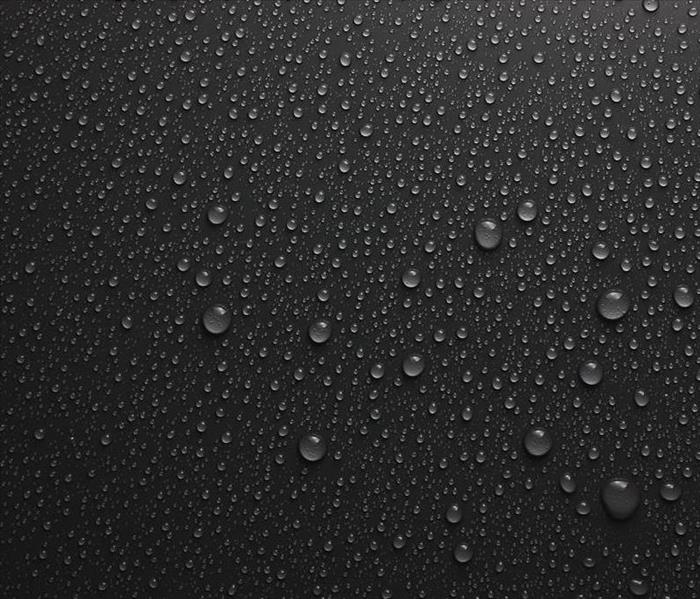Understanding Water Damage Categories and Cleanup
4/21/2022 (Permalink)
Water damage refers to the destruction caused by the presence of water in places that it shouldn’t be for a period of time. It can range from minor water spots that affect the appearance of a surface to major destruction such as burst pipes and flooding, resulting in the rot of materials, mold growth, and property loss. Water damage falls under one of three categories, ranging from clean water to black water. Let’s take a closer look at these categories.
Exploring Category 1, Category 2, and Category 3
The three major categories for damage are as follows:
Category 1:
Water in this category usually comes from a source such as a broken water supply line or overflow of a tub or sink. Also known as clean water damage, category 1 water damage is the least severe as the water is free of toxins and sewage. It’s also implied that the places impacted by this damage are also clean.
Category 2:
Known as grey water, this water likely contains some contaminants and should be cleaned immediately. Sources of grey water include toilets, dishwashers, washing machines, and sump pump backups. Clean water that has not been cleaned or dried in 48 hours can become Category 2 water.
Category 3:
The most severe of damage, this category of water is also known as black water. This water contains bacteria, fungi, and other organisms. Sources include toilets containing feces, sewage backup, seawater, groundwater, and flooding. Grey water that has not been removed in 48 hours should be treated as the most severe water damage.
Cleanup of water damage differs significantly between the various categories, but each category can lead to more serious problems, including mold growth and spread. SERVPRO Franchise Professionals in Bountiful, UT, are equipped and ready to fully clean and restore water damage in any category.
Handling Water Damage Cleanup
Severe water problems require approaches that are more advanced and beyond the ability of a DIY solution, such as sewage cleanup. Disinfection and sophisticated drying techniques are necessary for the most severe of damage. Restoration professionals assess the damage, determining the class of damage accordingly:
Class 1: This applies when less than 5% of a space is impacted, evaporation is slow, and little moisture has been absorbed.
Class 2: A faster rate of evaporation is noted for this class, and between 5 and 40% of the space is affected, especially the entire carpet and upholstery.
Class 3: This class is used for the fastest rate of evaporation in a room with over 40% of the area affected. Typically water damage comes from overhead.
Class 4: This applies specialty drying for surfaces such as wood, concrete, plaster, and other materials.
Involving the pros is not just about the level of water damage, but also the best approaches for cleanup and drying.
Water can be a destructive force on your property based on different factors, primarily the source, the level of contamination, and whether it’s been left to sit. Black water represents the most severe category of damage. Cleanup is best left to damage restoration professionals not only to return your place to pre-damage conditions but also to determine the best way to accomplish this.






 24/7 Emergency Service
24/7 Emergency Service